31/05/2021
Podere Le Ripi stays in the hearts Brunello lovers. Learn about the wine-makers inspiring Podere Le Ripi’s unusual approach to crafting Brunello wines.
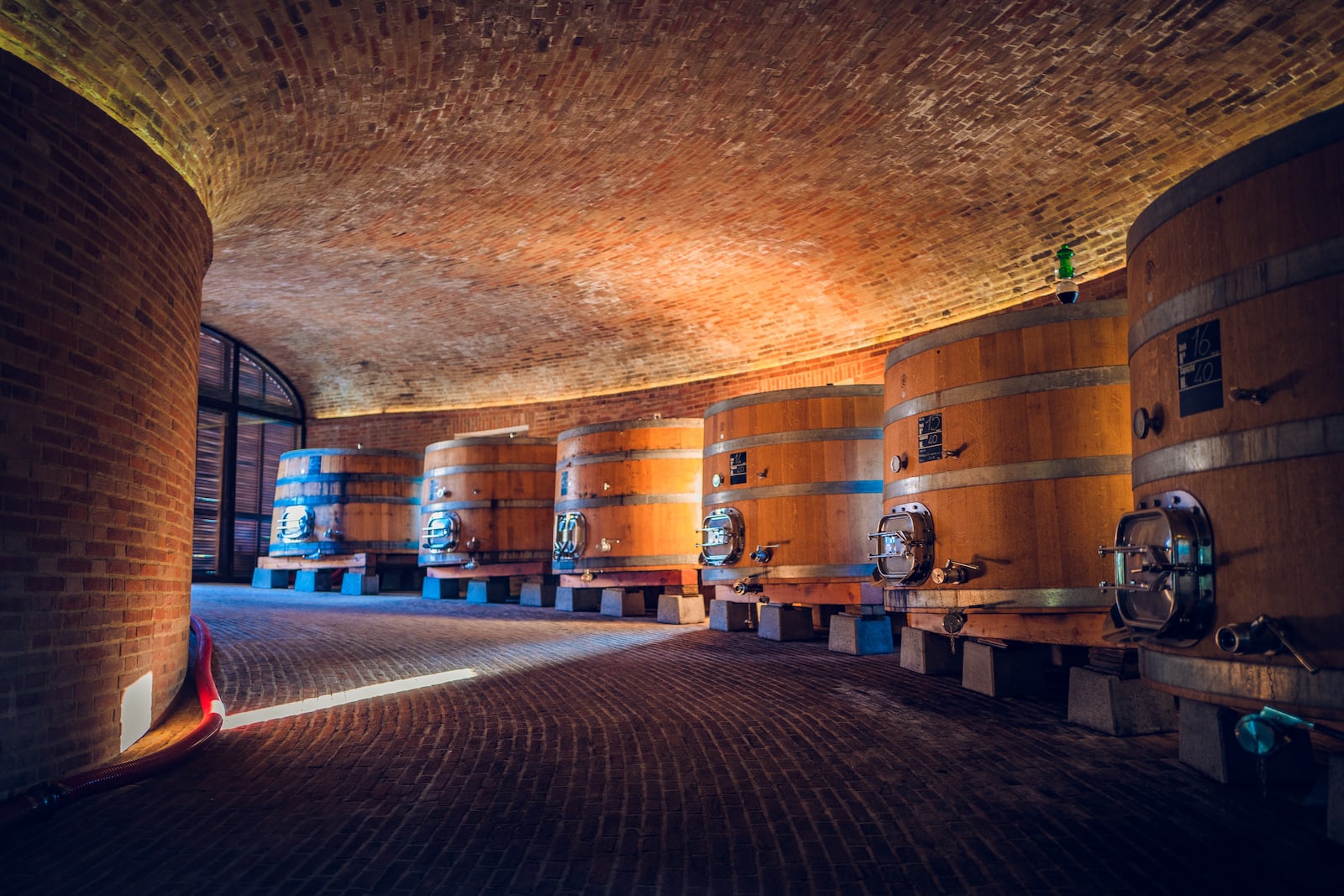
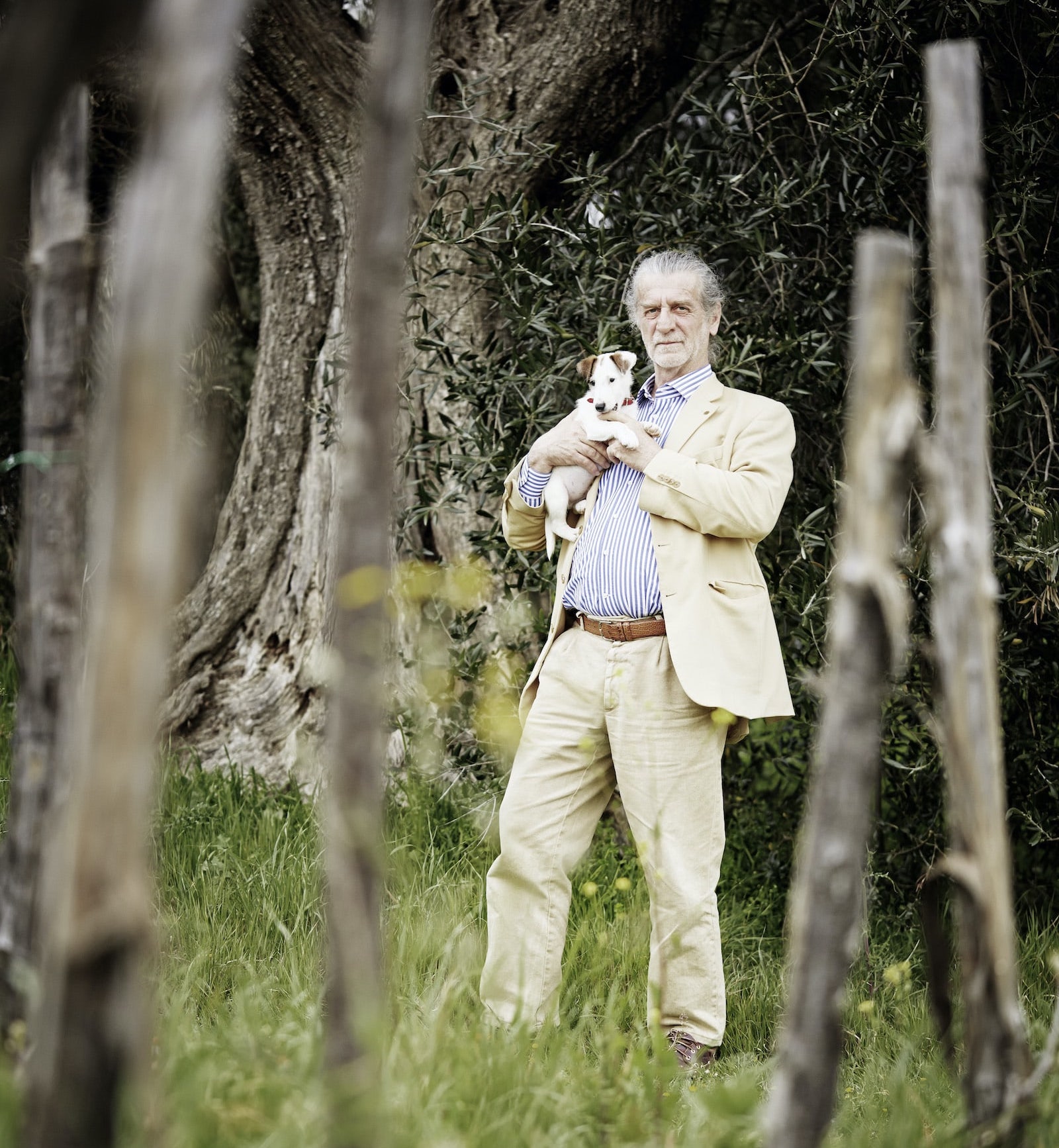
The Vision of Francesco Illy
In 1998, Francesco Illy found himself by chance exploring the gentle hills of Montalcino, precisely in the Castelnuovo dell’Abate area. Here, inspiration struck, and became the spot where Podere Le Ripi was born. Illy himself had a varied past with experience in a range of different areas: artist, marketing professional, and throughout it all, drinking and selling a lot of coffee (as part of the Italian Illy coffee dynastic family).
With his diverse background, Illy became an example of rare enlightened winery owner, finding constant sources of inspiration along the road and pouring his enthusiasm into perfecting his vision of viticultural exploits.
Illy’s voracious interest in the world of wine-making allows his to see the soil as a living, dynamic environment. Illy firmly believes in the fundamental role of local microorganisms as the go-between the world of minerals and living flora and fauna.
Illy’s continued education and progress in understanding the native territory has given him a special ingress into the world of appreciating and further developing local agriculture.
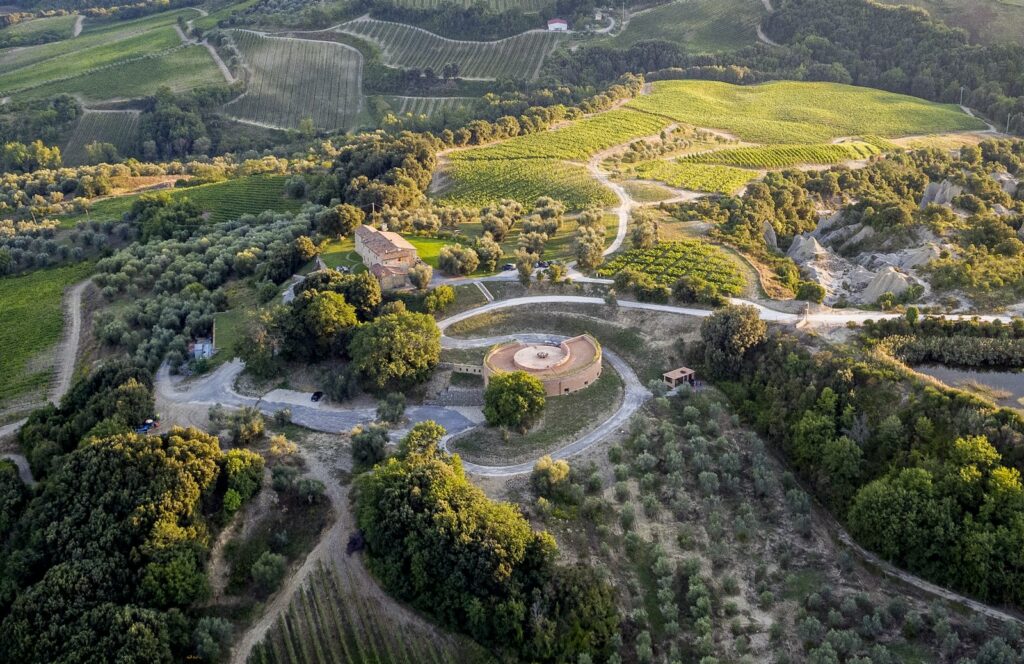
LET’S MEET SEBASTIAN NASELLO
Presenting Sebastian Nasello, the enologist and CEO of the Podere Le Ripi wine estate, even if Nasello prefers to define himself as “the lad from the shop.” Born in 1987, Nasello possess a natural modesty that separates him from many others in the wine world. Sebastian is a master of untangling the facets of the Sangiovese Grosso (and more) that grow on both sides of the Montalcino area where the winery’s vineyards are located.
Nasello firmly believes that a biodynamic approach is the finest method to follow in creating a wine that is healthy, nutritious and terroir-based, while simultaneously protecting the local ecosystem from all the repercussions that lands and soils can undergo whenever any sort of agricultural process is present.
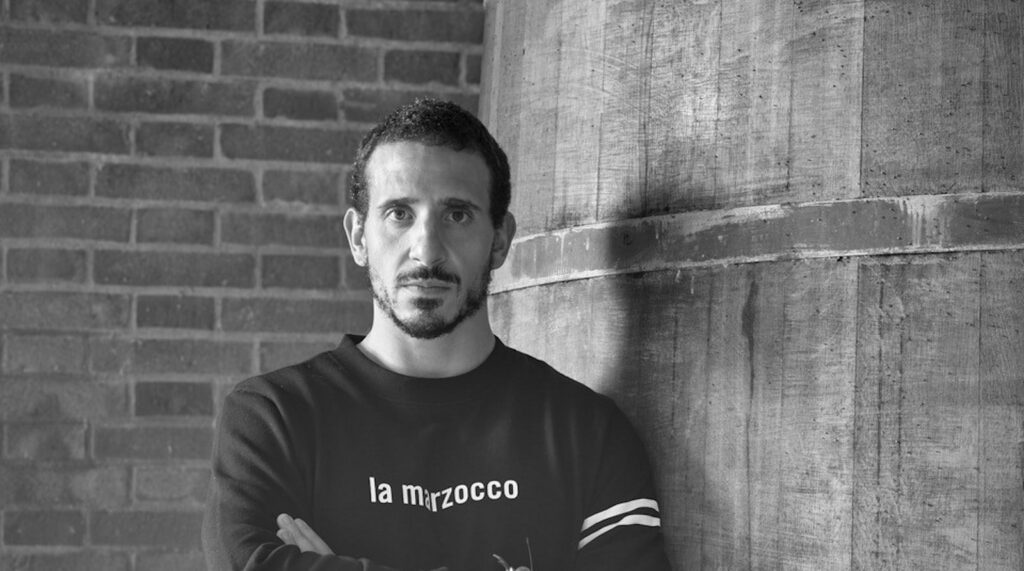
NASELLO’S BACKGROUND AND HIS DREAMS
Now, we know a little bit more about this talented young winemaker from Siena, with his revolutionary reputation.
Sebastian began his enology studies at the tender age of 14, even though he might not have been aware at the time of the path he was taking.
Sebastian has a natural inclination for the agrarian and agricultural landscape, including its various traditional practices, because he just loves being in the great outdoors. And in the gorgeous Val d’Orcia, it’s an understandable passion and preference.
Nasello was absolutely gripped by the great outdoors, as it allowed him to explore different ways of expressing his personality, and permitted an escape from the classic Italian childhood focus on Italian football. His love of nature also permitted Nasello to free himself from his personal frustrations with his physical development (for instance, an intense dissatisfaction with his height).
Wine at this point became a focal point for his personal development, and this interior partnership with wine-making became a virtual part of his soul, and one that still occupies a place in his very being still today.
SEBASTIAN’S WINE-MAKING PHILOSOPHY
Ten years provided plenty of learning experiences for Sebastian, in both a wine-focused approach and a personal sense. His years in the field showed him how to let go. Nasello picked up the approach of observing rather than getting directly involved, and learned to appreciate the method of interfering only as much as strictly necessary.
This is a philosophy that can be applied to a work life as well as personally. In fact, Nasello observes “universities don’t teach you this, as academic doctrine is based on intervening, and adding to situations with the desired goal of creating cause-and-effect reactions.”
Nasello prefers to think of himself in terms not relegated to enology, because he maintains the belief that wine is not made with logic only. That wine needs more than just notions, reference tables, statistical analysis, and so on. While of course these concepts are needed partially in creating wines, the multi-faceted, exciting wines he loves don’t follow these strict processes alone.
“More than being an enologist, you need to be a philosopher,” he reminds us again. “You must have a good sense for lots of variables, beginning from naturalistic perspectives right in the vineyard all the way to the ones in the cellar, from microbiological perspectives to commercial points of view.”
Today, Nasello shies away from labeling himself as an enologist, but he is, after all, the figure who most prominently “accompanies the vineyards’ grapes into wine.”
Simple, you say? Not even remotely, because most of his methods are based on personal manual ability and years of hands-on learning experiences. Sebastian is constantly gratified when he’s able to apply his knowledge to Podere Le Ripi, because for him,
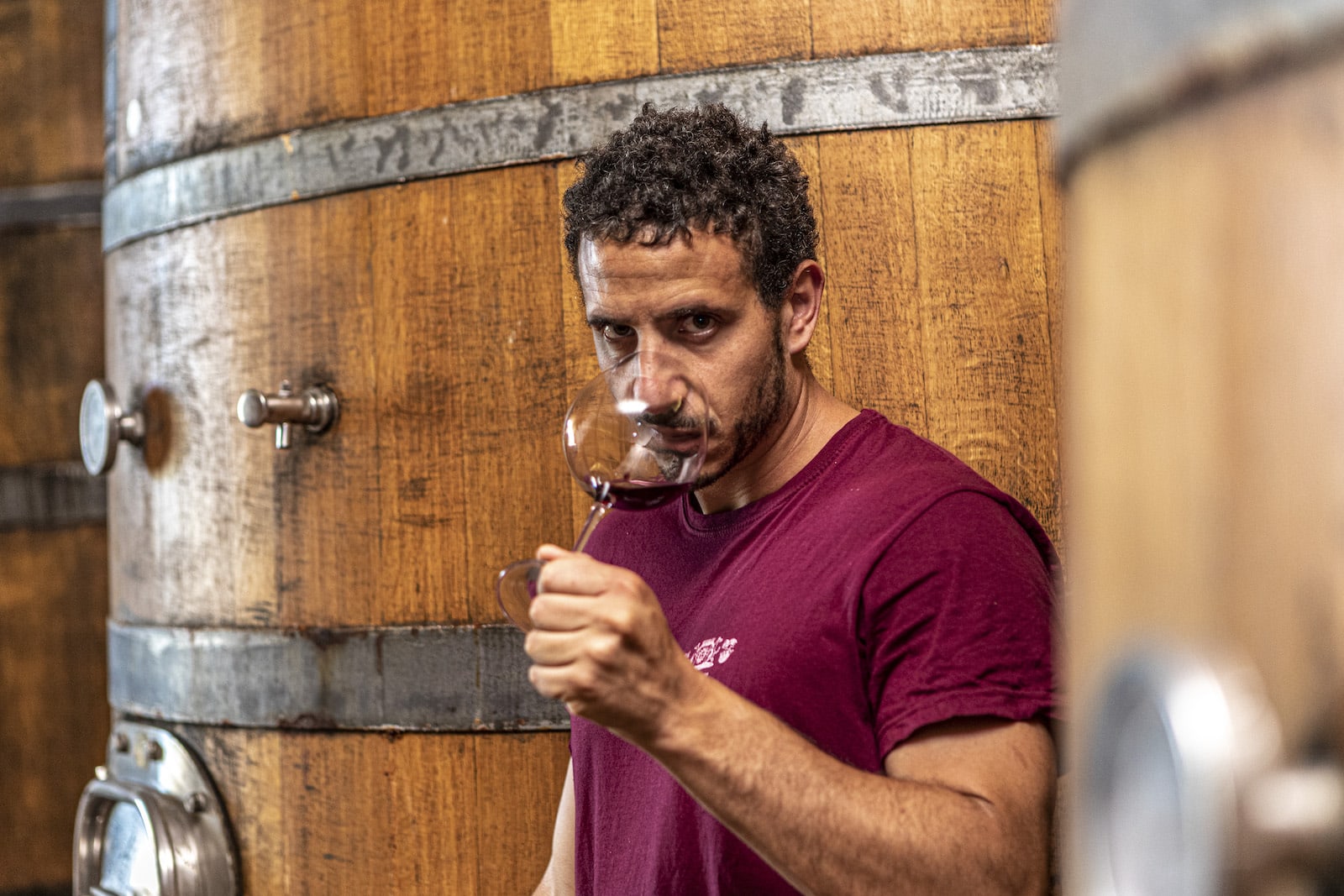
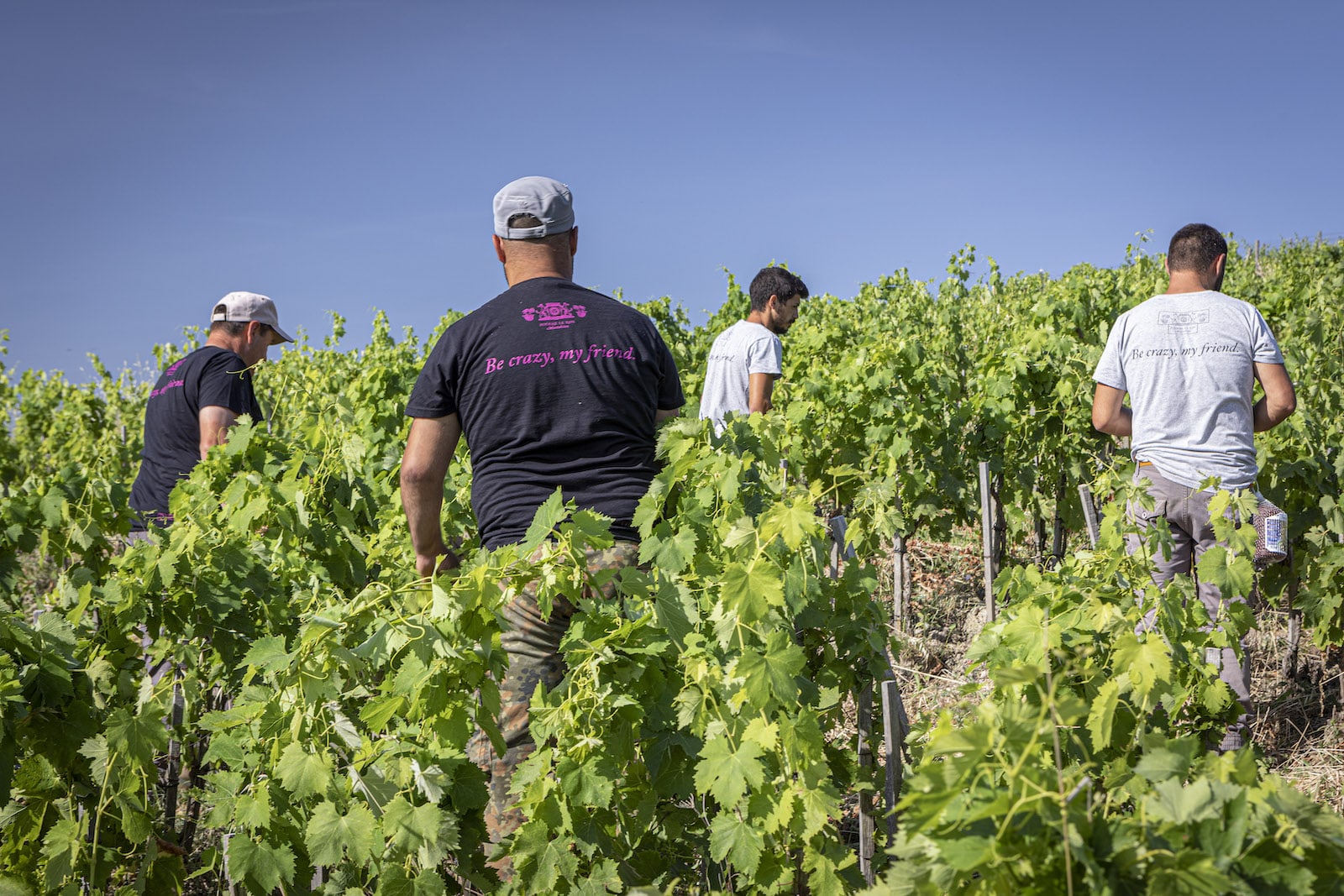
it’s more than just a company. For Sebastian, Podere Le Ripi “represents a community, made up almost entirely from young people (the average employee age is about 27 years old!), under the leadership of Francesco. Here, everyone works in the interest of creating a pleasing, positive environment that is a reflection of the lands around us.”
Podere Le Ripi is an example of a forward-thinking business that maximizes its employees’ varied talents, and works independently from external consultants, preferring to rely on internal capabilities. These young employees have so proven their irreplaceable worth, that they’ve been brought into the company as partners, just like Sebastian is as well.
This rare, enviable approach provides us with an unique social model within the agricultural-viticultural sector. The Podere Le Ripi team is that rare bird that is bursting with pure enthusiasm, and that produces spectacular results through research, collaboration, and companionship, together.
What’s behind making a quality wine for Sebastian? Obviously, the ability to transmit emotions and sensations. But what else? Fundamentally, the wines must be created following biodynamic principles from start to finish. This would by proxy eliminate larger wine estates to produce wines following the same qualitative structures as artisanal producers are able to follow. Much is touted and communicated as biodynamic, so much so that it becomes a simple label to include on mass-produced bottles, withouthaving a soul behind the label, as can happen with the larger wineries.
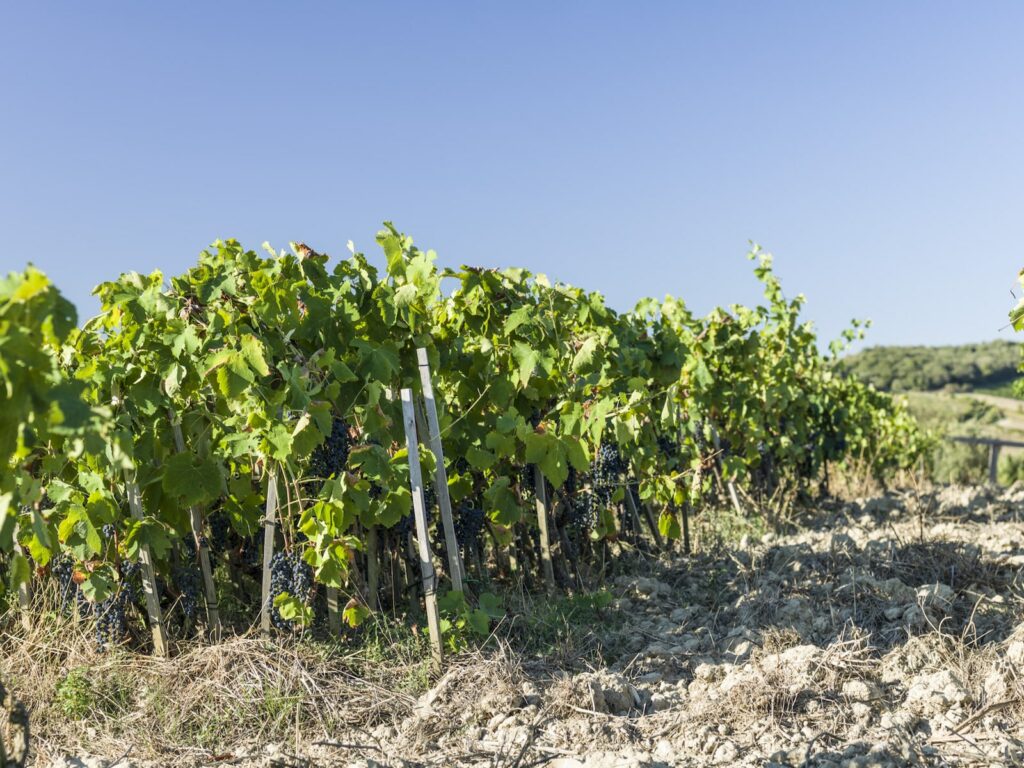
NASELLO’S WINE-FOCUSED OPINIONS
Sebastian finds countless wines that inspire him, and that warm his wine-making soul. However, the wine-maker remains concrete without being naive about his role in the wine world.
Sebastian’s wine-making approach is a rooted perspective: he knows he can’t possibly create all the wines he’d like to craft, and he’d like to escape from the perverse vortex of making wines he like but that fall outside of the terroir’s characteristics, making his efforts a mannerist exercise in artisanal wine-creation.
Sebastian defines Sangiovese as a consummate “mirror” vine, a grape that allows the producer and the terroir to contemplate and complement each other. And Sebastian has major veneration for Sangiovese, as he finds that the grape allows plenty of space and wiggle room for the application of fundamental vine-dresser and cellar-man agrarian know-how. In fact, both of these wine-making roles call for the ability to enhance the grape’s valorisation and fundamental details.
Sebastian is also stirred by the purity of the French-Swiss Jura nectars. He adores those of Loire valley, and admits to an absolute weakness for Orange wines. These wines provide a challenge when dealing with elements of technical tasting, but, as Sebastian explains, “it is the wine’s body that gives you the sensation of storing a sulfite-free, clean, crystalline, energetic drink.”
For now, the vintage that most impresses Sebastian is 2015. It is within this vintage that Sebastian finds the most shocking elements expressed of the immense gamble in the arena of fermentation. No manual can precisely explain this phenomena with true accuracy, and effectively draws attention to the awesome forces of nature in the world of wine-making.
Today’s wine-making approach glosses over frequently the value of time in wine production.
“The only people who really have the opportunity of year’s worth of direct winery experience understand time’s value,” Sebastian notes.
He is also convinced that the world of wine offers space and room for everyone with passion and desire. This unique environment leaves room for every road to be followed as individually preferred. A personalized perspective can be had, with each wine-maker following their own path without the fear of external influences taking over. “The problem is only and exclusively relegated to a sense of sobriety that must be accompanied by enthusiasm and vivacity.”
In the meantime, Sebastian follows Coturri’s mantra of “where nothing is added and nothing is taken away,” which remains his guiding light and his paradisiacal utopia. When we meet with Sebastian in 10 years from now, he will likely have attained even more confidence with his grapes and his place in relation to them. As Sebastian notes, his ultimate goal is to “not let the word Wine lose its meaning. The great challenge of the near future is to maintain Wine’s authenticity, its essence, and again, its freedom of expression – these elements must not fall into oblivion.”
Bravo Sebastian!
By Lele Gobbi for Mamablip.com
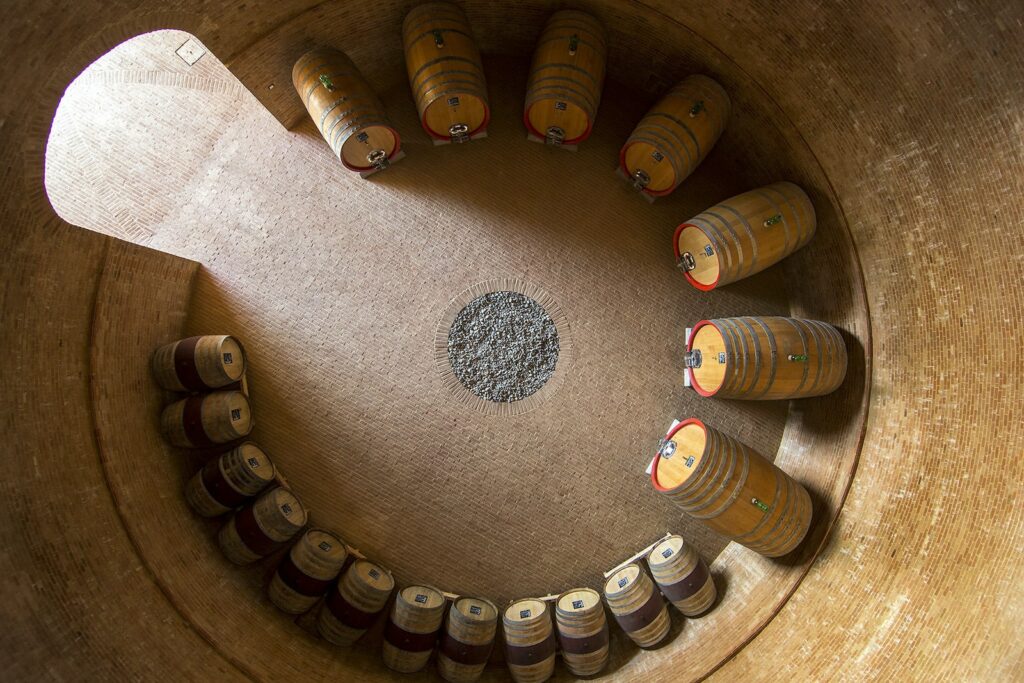
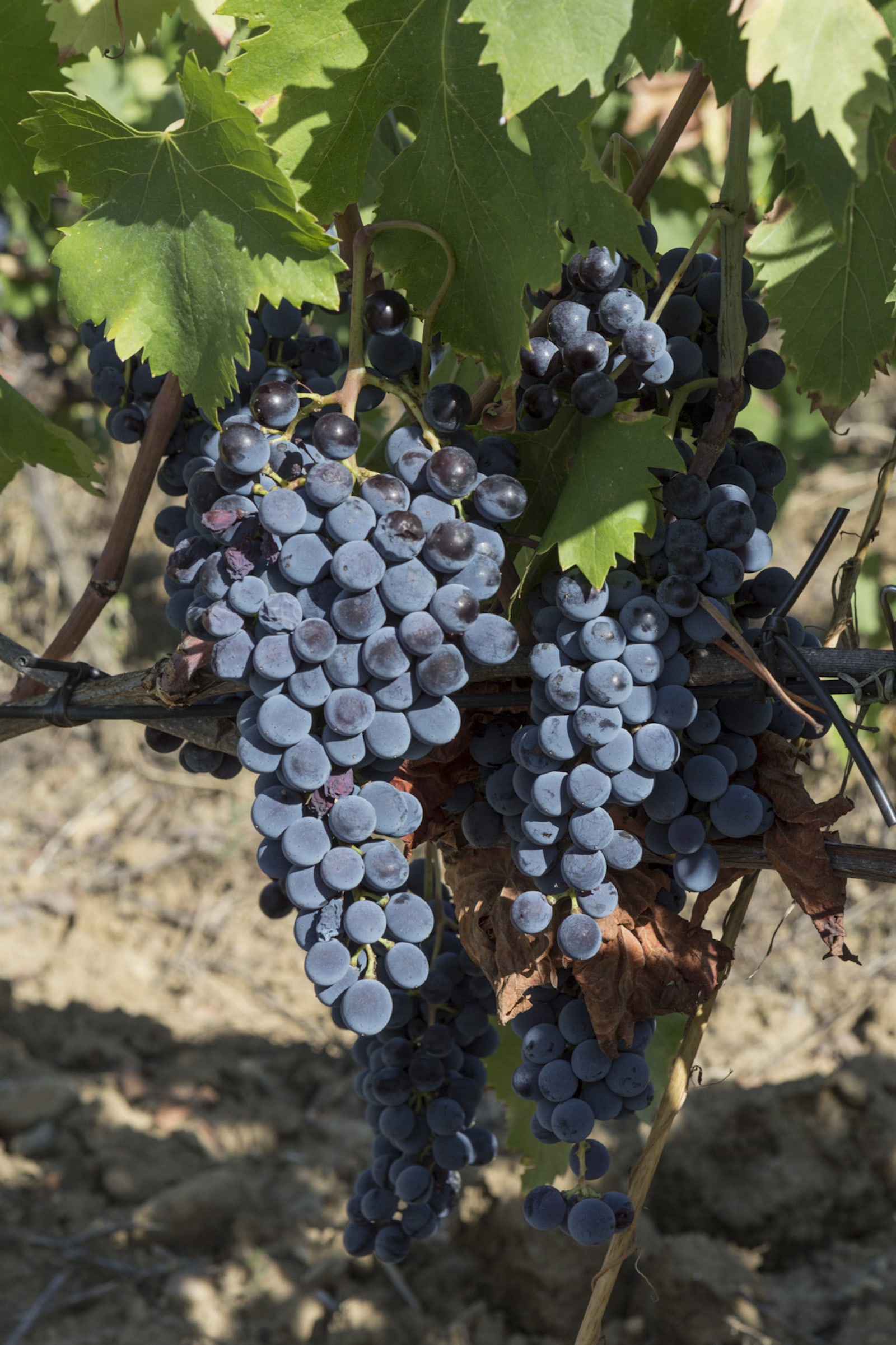
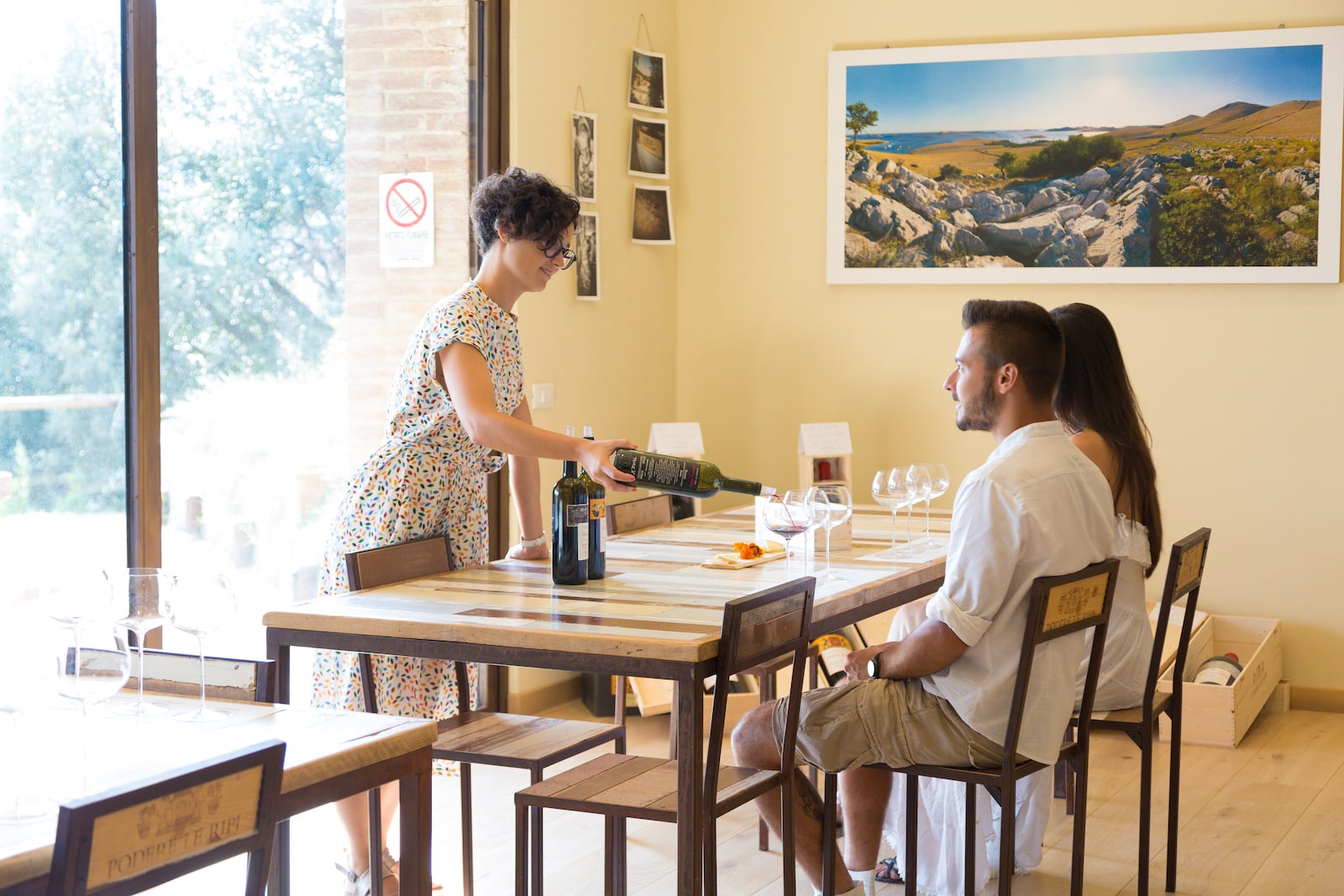
The Montalcino wine region in the heart of Southern Tuscany is without a doubt a source of inspiration and endless resources for Tuscan wine lovers and producers throughout the world. For another look at the wine lands of Montalcino, head to the Video Index for a closer look at the innate miracles of these vineyards as guided by Italian fine wine expert, Filippo Bartolotta.
Visit the Podere Le Ripi page for lots more information about their Montalcino wines and the possibility of visiting this unique wine estate.
Book your visit
Fill the form and we will contact you soon!